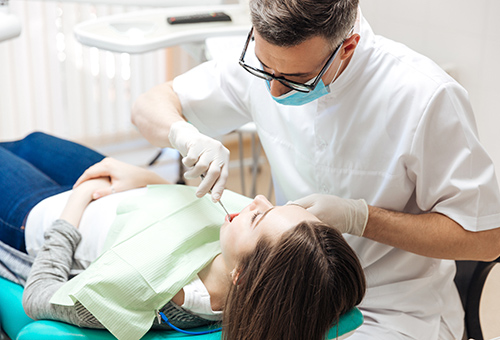Bothell Bone Grafting
A bone graft is a surgical procedure used to fix problems with bones or joints.
Bone grafting, or transplanting of bone tissue, is beneficial in fixing bones that are damaged from trauma or problem joints. It’s also useful for growing bone around an implanted device, such as a total knee replacement where there is bone loss or a fracture. A bone graft may fill an area where the bone is absent or help provide structural stability.
The bone used in a bone graft can come from your body or a donor, or it can be entirely synthetic. It can provide a framework where new, living bone can grow if it’s accepted by the body.
Types of bone grafting
The two most common types of bone grafts are:
- allograft, which uses bone from a deceased donor or a cadaver that has been cleaned and stored in a tissue bank
- autograft, which comes from a bone inside your body, such as your ribs, hips, pelvis, or wrist
The type of graft used depends on the type of injury your surgeon is repairing.
Allografts are commonly used in hip, knee, or long bone reconstruction. Long bones include arms and legs. The advantage is there’s no additional surgery needed to acquire the bone. It also lowers your risk of infection since additional incisions or surgery aren’t required.
Allograft bone transplant involves bone that has no living cells so that the risk of rejection is minimal as opposed to organ transplants, in which living cells are present. Since the transplanted bone doesn’t contain living marrow, there is no need to match blood types between the donor and the recipient.
Why is it performed
Bone grafting is done for numerous reasons, including injury and disease. There are four main reasons bone grafts are used:
- A bone graft may be used in the case of multiple or complex fractures or those that don’t heal well after initial treatment.
- Fusion helps two bones heal together across a diseased joint. Fusion is most often done on the spine.
- Regeneration is used for bone loss to disease, infection, or injury. This can involve using small amounts of bone in bone cavities or large sections of bones.
- A graft can be used to help bone heal around surgically implanted devices, like joint replacements, plates, or screws.
How a bone graft is performed
Your doctor will decide which type of bone graft to use before your surgery. You’ll be given general anesthesia, which will put you into a deep sleep. An anesthesiologist will monitor the anesthesia and your recovery.
Your surgeon will make an incision in the skin above where the graft is needed. They’ll then shape the donated bone to fit the area. The graft will be held in place using any of the following:
- pins
- plates
- screws
- wires
- cables
Once the graft is securely in place, your surgeon will close the incision or wound with stitches and bandage the wound. A cast or splint may be used to support the bone while it heals. Many times, no casting or splint is necessary.
After bone grafting
Recovery from bone grafts depends on the size of the graft and other variables. Typical recovery can take anywhere from two weeks to more than a year. You’ll probably need to avoid vigorous physical activity for as long as your surgeon suggests.
Apply ice and elevate your arm or leg after surgery. This is extremely important. It can help prevent swelling, which causes pain and can cause blood clots in your leg. As a general rule, keep your arm or leg above the level of your heart. Even if your injury is in a cast, putting ice bags over the cast may help.
During your recovery, you should exercise the muscle groups that weren’t affected by the surgery. This will help keep your body in good shape. You should also maintain a healthy diet, which will aid in the recovery process.
One of the best things you can do is quit smoking. This will improve the health of your body after surgery and beyond.
Smoking slows the healing and growth of bone. Research Trusted Source has shown that bone grafts fail at a higher rate with smokers. As well, some surgeons refuse to do elective bone grafting procedures on people who smoke.
More services:
Emergency Dental Treatment
Emergency Dental Treatment Do Not Wait, Call (425)-778-4445 Now If it's a real emergency, please call 911 or during non-office hours call...
READ MORENO DENTAL INSURANCE? NO PROBLEM.
The best deal we have to offer is our DAT SAVINGS PLAN. This plan covers one, two, or the entire...
READ MORE